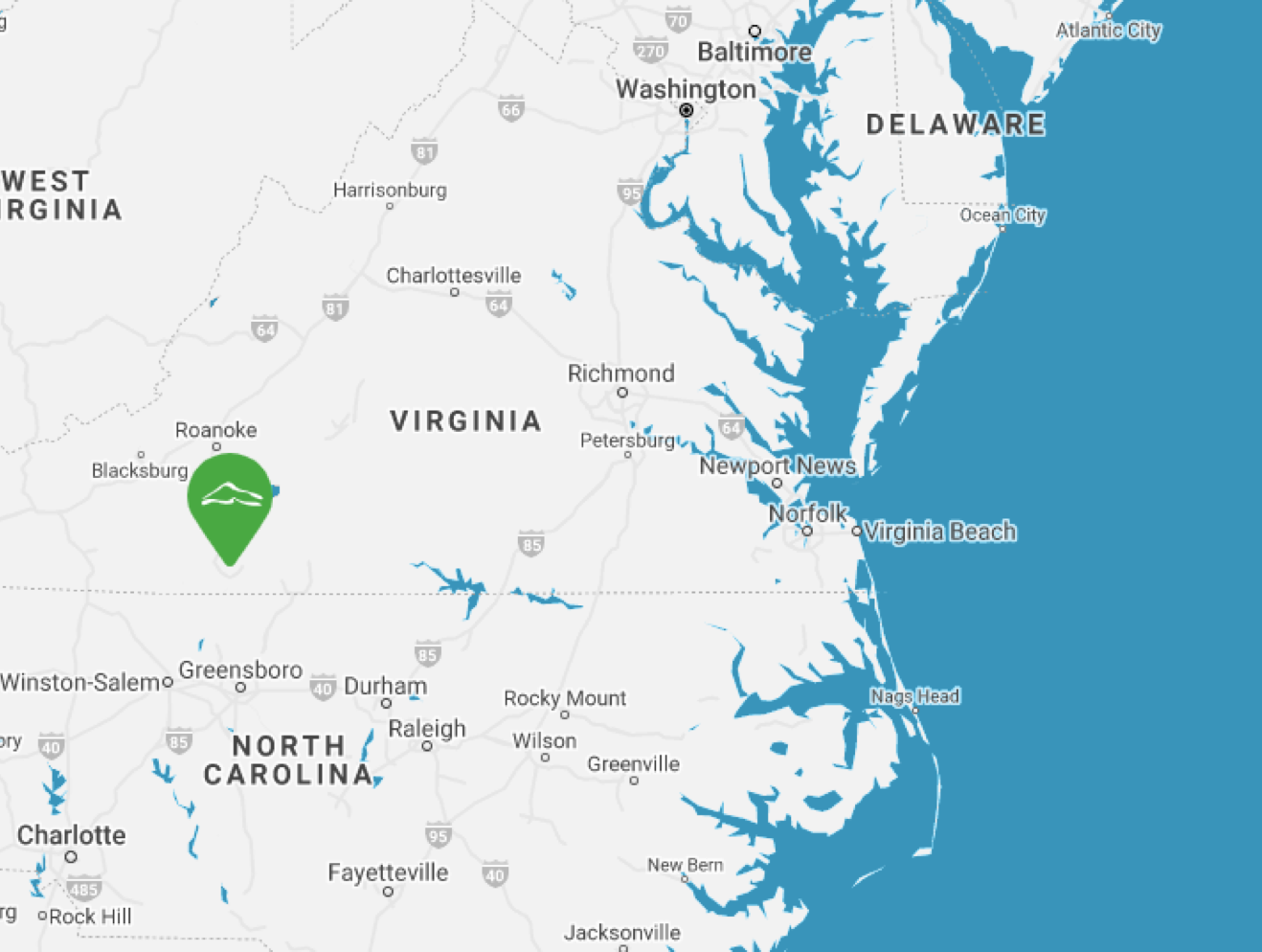The Virginia Museum of Natural History’s (VMNH) expanded exhibit, Wild Watersheds brought to us by American Electric Power, educates the public on the importance of watersheds to both human and non-human animals. The exhibit includes a tank of live trout, and features Virginia’s native Brook Trout as an indicator species for the health of our freshwater streams.
Fundamental to these wild and native trout habitats are thriving aquatic and terrestrial animal communities. To demonstrate this, VMNH will be exhibiting mounted specimens critical to trout diets, side-by-side with the hand-tied fly fishing flies used to mimic these organisms at certain points in their life cycles.
VMNH is hosting a fly tying contest to find the best examples of tied flies to be included in this groundbreaking exhibit. Unlike typical fly tying contests, VMNH will provide the scientific and common names of these organisms. Fly tiers may use any established or original fly pattern to match the selected organisms. The winning flies will be placed on exhibit, next to the matching invertebrate or vertebrate specimen, and the fly tier’s name. This is your chance to secure your place in fly tying history.
To participate, simply mail your hand-tied fly(s) to the Virginia Museum of Natural History by November 13, 2020 (must be postmarked NLT 11/13/20). Individual flies must be labeled with the common and/or Latin name (mailed in a bag, box, or any other method). Please pack carefully and include the fly tier’s: 1.) full name, 2.) city & state, 3.) contact phone number, and 4.) email address.
Please read below for information regarding entering the contest and a list of commonly imitated trout food in the Smith River. Participants are requested to tie one or more flies matching the species on this list.
Entering the Contest
To enter the contest, please mail tied flies to:
Jessica Davenport
Virginia Museum of Natural History
21 Starling Ave.
Martinsville, VA 24112
Rules
Participants:
- Must submit only flies they themselves tied.
- May submit only one fly per species posted.
- Are not permitted to use parts of actual insects.
- Are not permitted to use prefab wings or heads, these elements must be crafted using
traditional materials - Must submit useable flies (dry flies/terrestrials must float, wet flies must drift below the
surface)
Judging Criteria
Participants will be provided photographs of insect specimens found in the Smith River. Tied
flies will be judged by:
- Match to color(s)
- Match to profile
- Match to size (appropriate hook size)
- Match to stage in lifecycle (nymph, pupae, adult, etc.)
- Overall appearance, and usability
Judges
VMNH Judges:
- Dr. Thomas Benzing (Fly Fisherman, Chairman of the VMNH Board of Trustees, Professor at James Madison University)
- Dr. Joe Keiper (Entomologist, Executive Director of the VMNH)
- Dr. Kal Ivanov (Entomologist, Associate Curator of Invertebrate Zoology)
- Dr. Hayden Bassett (Fly Fisherman, Assistant Curator of Archaeology)
- Jonathan Martin (Fly Fisherman, Chief Financial Officer at the VMNH)
External Judges:
- Brian Williams (Fly Fisherman, Owner of Smith River Outfitters, and Virginia Program Manager for the Dan River Basin Association)
Commonly Imitated Trout Food in the Smith River
(Insects, crustaceans, and fish)
|
Order |
Family |
Genus/ |
Common Name |
Stage |
|
Ephemeroptera |
Baetidae |
Baetis spp. |
No accepted common name. Referred to as Blue Winged Olive by fly fishermen. |
nymph, adult |
|
Ephemeroptera |
Ephemerellidae |
Ephemerella dorothea |
No accepted common name. Referred to as Sulphur Dun by fly fishermen. |
nymph, adult |
|
Ephemeroptera |
Ephemerellidae |
Ephemerella invaria |
No accepted common name. Referred to as Eastern Pale Evening Dun by fly fishermen. |
nymph, adult |
|
Ephemeroptera |
Ephemerellidae |
Ephemerella subvaria |
No accepted common name. Referred to as Hendrickson (female) and Red Quill (male) by fly fishermen. |
nymph, adult |
|
Ephemeroptera |
Isonychiidae |
Isonychia bicolor |
No accepted common name. Referred to as Mahogany Dun by fly fishermen. |
nymph, adult |
|
Orthoptera |
Acrididae |
Melanoplus femurrubrum |
Red-legged grasshopper. Simply referred to as “Grasshopper” by fly fishermen. |
nymph, adult |
|
Diptera |
Tipulidae |
Tipula spp. |
No accepted common name. Simply referred to as “Crane Fly” by fly fishermen. |
adult |
|
Hymenoptera |
Formicidae |
Formica subsericea |
No accepted common name. Simply referred to as “Black Ant” by fly fishermen. |
winged adults (male and female) |
|
Decapoda |
Cambaridae |
Cambarus spp. |
No accepted common name. Simply referred to as “Crayfish” by fly fishermen. |
juveniles, adults |
|
Scorpaeniformes |
Cottidae |
Cottus bairdi or Cottus carolinae |
Mottled sculpin or Banded sculpin |
juveniles, adults |

 Hours & Admissions
Hours & Admissions Directions
Directions

